Intel working on OpenCL-capable Ivy Bridge chips bound for Apple's MacBook Air
The Cupertino, Calif., company bills its Open Computing Language standard as a technology that "dramatically accelerates" applications by unlocking the "amazing parallel computing power of the GPU." OpenCL especially offers improvements to financial applications, games and media applications by offloading non-graphics related tasks to the GPU.
CNet reports that the world's largest chipmaker is expected to add support for the technology in its line of Ivy Bridge processors due out next year. Intel boasts as much as a 60 percent performance boost over current Sandy Bridge chips, with special attention being paid to graphics performance enhancements.
The MacBook Air and 13-inch MacBook Pro would stand the most to gain from Intel support for OpenCL. GPUs from AMD and Nvidia already support the technology, but Apple's ultra-thin notebook and entry-level MacBook Pro currently sport a graphics processor from Intel.
Apple's MacBook Air update in July made the notebook up to twice as fast as the previous generation, which made use of Intel's aging Core 2 Duo chips. The Mac maker has had some trouble keeping the the diminutive laptops in stock, as they have become an instant success.
AppleInsider exclusively reported earlier this week that the MacBook Pro lineup will see a modest speed bump while Apple waits for Ivy Bridge processors to reach the market. The first Ivy Bridge chips had been slated to debut in late 2011, but are now expected to arrive in March or April of next year.
 Josh Ong
Josh Ong

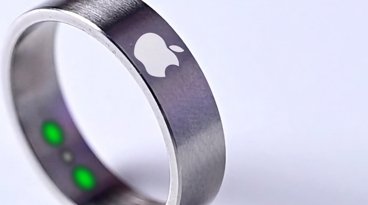





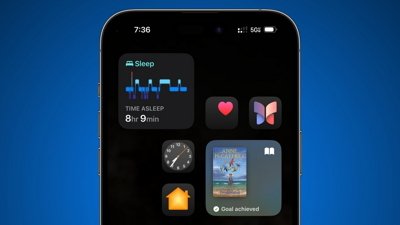
 Amber Neely
Amber Neely
 Thomas Sibilly
Thomas Sibilly
 AppleInsider Staff
AppleInsider Staff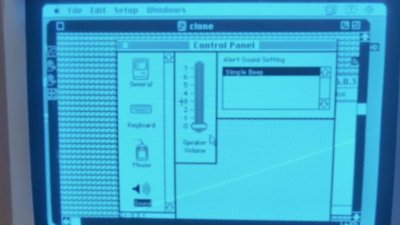
 William Gallagher
William Gallagher
 Malcolm Owen
Malcolm Owen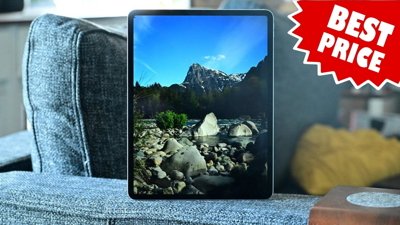
 Christine McKee
Christine McKee
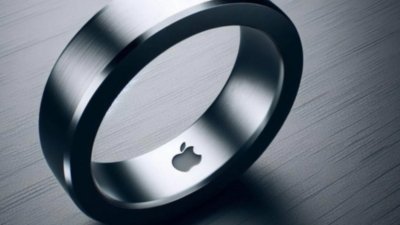


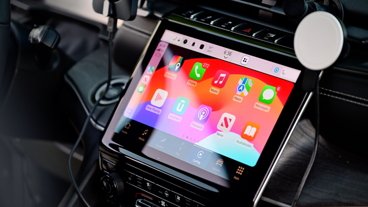
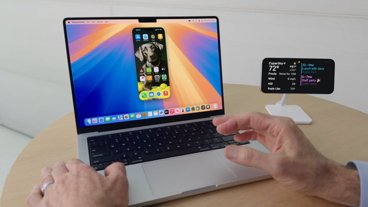
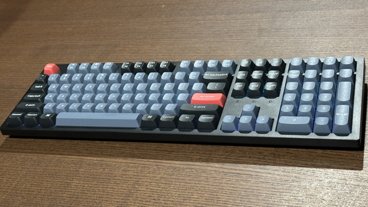

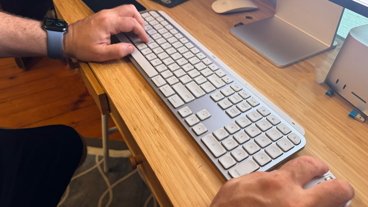

26 Comments
The leader in OpenCL for GPUs and CPUs is actually AMD. Their implementation and Apple's are second to none.
Intel is dragging far behind. Nvidia is still trying to hedge its bets with CUDA but has full OpenCL 1.1 in it's driver stack.
What about the Mac mini?
What about the Mac mini?
It uses slightly more powerful chips than the air.
So IB's graphics are about 60% faster than SB, if Intel is to be believed. OpenCL is slower on chips of this calibre than modern processors, I don't think that's a huge deal maker or breaker. Unless for example you could use the iGPU at the same time as the dGPU, while the latter was doing the graphics work the former was helping the processor with texture decompression and such. But for now you can only use one with Intel. AMD lets you use both, but of course we won't see AMD processors in Apple computers at least for another generation, probably much more.
So IB's graphics are about 60% faster than SB, if Intel is to be believed. OpenCL is slower on chips of this calibre than modern processors, I don't think that's a huge deal maker or breaker. Unless for example you could use the iGPU at the same time as the dGPU, while the latter was doing the graphics work the former was helping the processor with texture decompression and such. But for now you can only use one with Intel. AMD lets you use both, but of course we won't see AMD processors in Apple computers at least for another generation, probably much more.
What are you talking about? There is no dedicated GPU in the MBA.
MBA does not have a quad core i7 at 3 GHz with the latest graphics chip. Rather, it's designed to be fast enough for many users with an emphasis on size and power consumption. If it's fast enough today, increasing the speed by 60% is big news to a lot of people - people for whom it was fast enough, but just barely... or people for whom it was not quite fast enough.
Darn - I was getting ready to buy an MBA to replace my MBP later this year. This is a big enough jump (especially when combined with the lower energy usage of Ivy Bridge) that I may have to hold off a while.